In wine, there are several fine summer options for all-day sipping. One of the better options is Txakoli, the refreshing Spanish white built for hot weather and hangouts that start around lunch and wind down sometime during the wee hours.
The dry white hails from the Basque region of Spain. It tends to be low-ABV, with a slight sparkle and ample acidity. In its homeland, Txakoli is enjoyed with pintxos, the skewered Spanish snacks consisting of bread and things like fish, stuffed peppers, and croquettes.
The name alone should attract attention, yet Txakoli has always had a few marketing issues. Basque country is very much on its own orbit, with its own language and independent customs. It’s also called Chacholí and Txakolina, derived from words that loosely translate to things like “watery wine” (although that name may have as much to do with the wet climate as the low-alcohol nature of the stuff) or “farm wine.” Not necessarily built for the sales floor, but it sure can be given the proper context.
For our purposes, let’s focus on the coolness of having the letter x in your name, a real rarity in wine. In Basque, the “tx” essentially makes a “ch” sound. Then there’s the fact that the wine is remarkably refreshing, made from indigenous grapes with equally cool names like Hondarrabi Zuri and Hondarrabi Beltza. Historically, it was made in large wood vessels called foudres. The latest couple of generations of Txakoli producers have opted for the leanness that comes with stainless steel.
There are three main regions in which Txakoli is crafted. Moving west-to-east, they are Alavan, Biscayan, and Getaria. They’re all influenced by the ocean, with the Bay of Biscay resting just to the north. Some are a bit more protected by hillsides than others and the range of microclimates here is impressive. For much of its history, Txakoli was produced at home for use among friends and family, short-poured into simple cups and enjoyed in fishing villages and farm towns throughout the area.
In the 1980s, regional status came about and an overseas market emerged. In the early 2000s, industry types, ever eager to discover something different, arrived at the Spanish wine and began drawing more attention its way.
The wine is enjoyed in its youth and rarely cellared. It’s a bit like Methode Ancestrale wines and is ever so refreshing. There are occasional rosé and even red versions of Txakoli, but the lion’s share is white. It doesn’t have its own Riedel glass or references in New World music, but Txakoli deserves a special place in your heart, especially during the thirstier stretches of summer.
Here are five to sip on right now:
Doniene Gorrondona 2017 Txakoli Ondarea
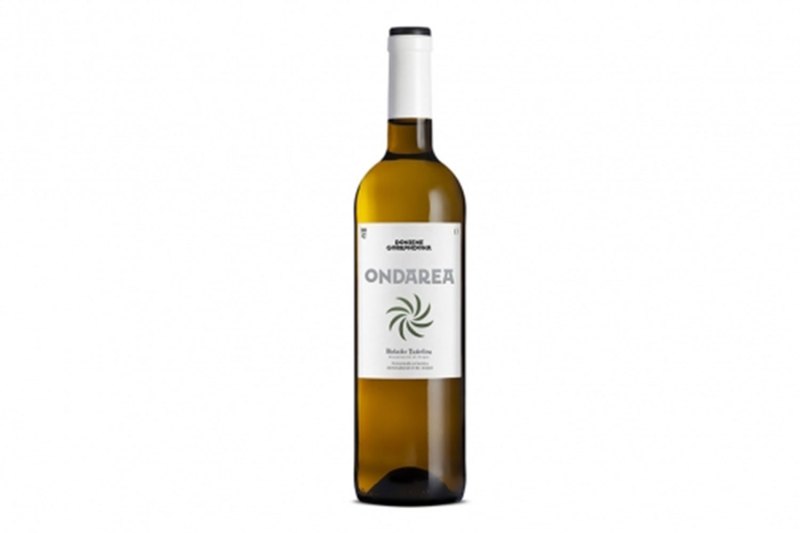
Made with a bit of oak influence, this Txakoli is quite captivating. Made entirely from Hondarrabi Zuri, it shows zest and tart fruit, rounded out by some time in oak.
Inazio Urrozola 2018 Txakolina
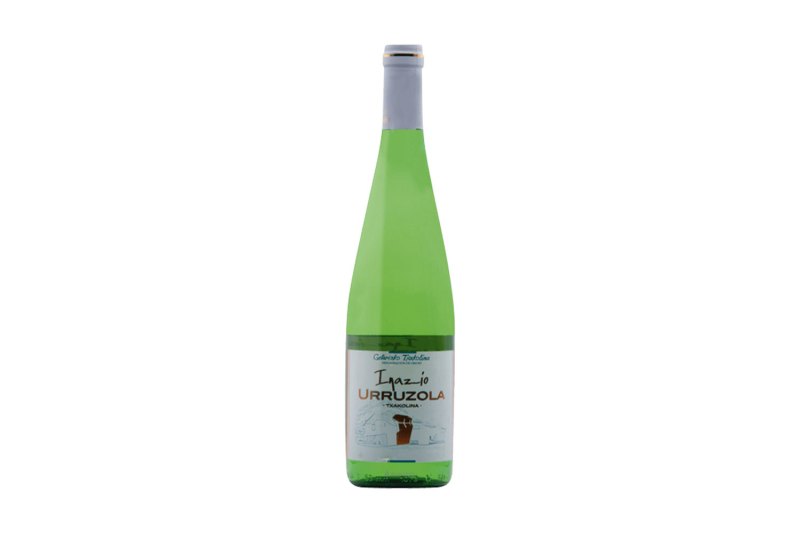
This tasty riff comes from a history estate dating back to the mid-14th century. Sustainably farmed fruit leads to a zippy wine with flavors containing bountiful lemon and lime notes.
Bodega Ulacia Txakolina
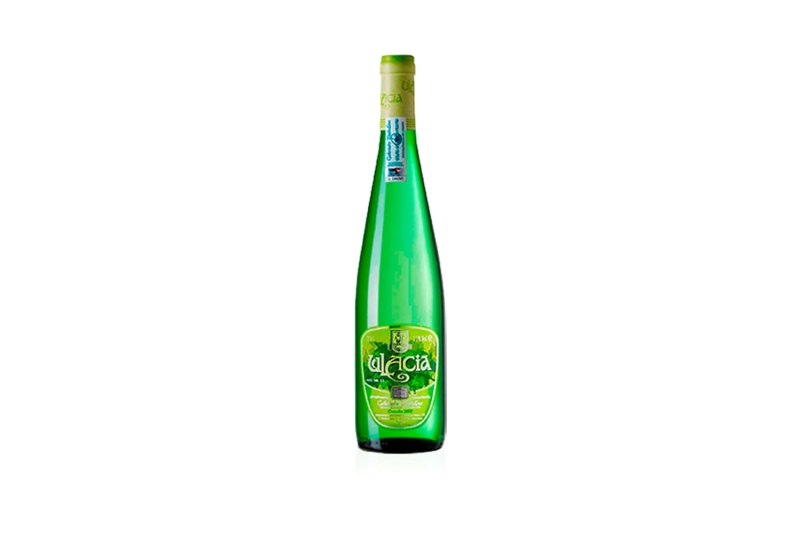
Fit with the perfect effervescent kick, this wine shows lots of tropical fruit. Simply put, it’s the ultimate antidote to a sweltering mid-summer heatwave.
Berroia 2018 Txakolina
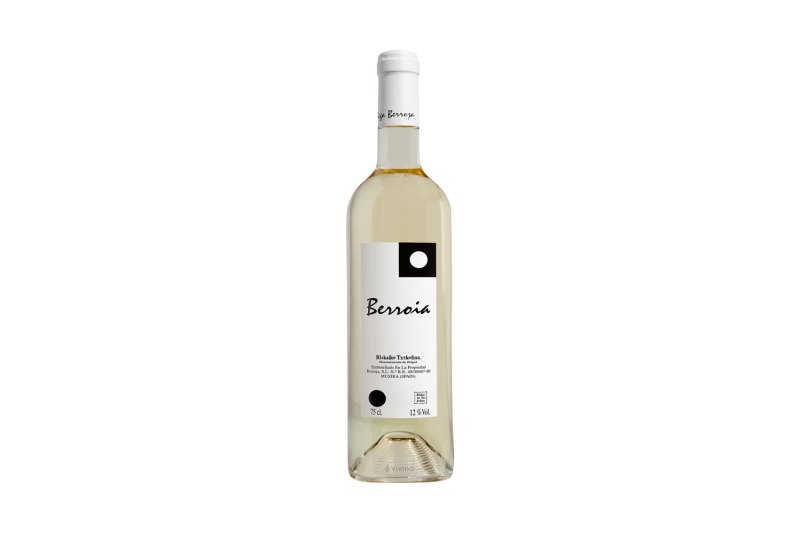
Made with a bit of Riesling, this wine is slightly deeper and richer, offering some honeycomb and dried fruit qualities. Enjoy it with some butter clams or, better yet, conserva.
Rezabal Getariako 2019 Txakolina Rosé
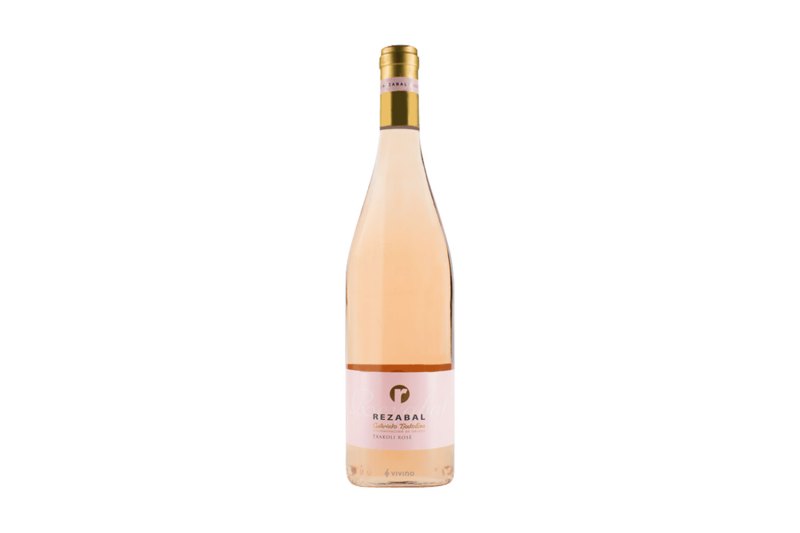
If you’re looking for a nice pink option, here it is. The wine comes from a family-owned operation in Zarautz and offers beautiful color as well as enticing flavors of wild strawberries.


